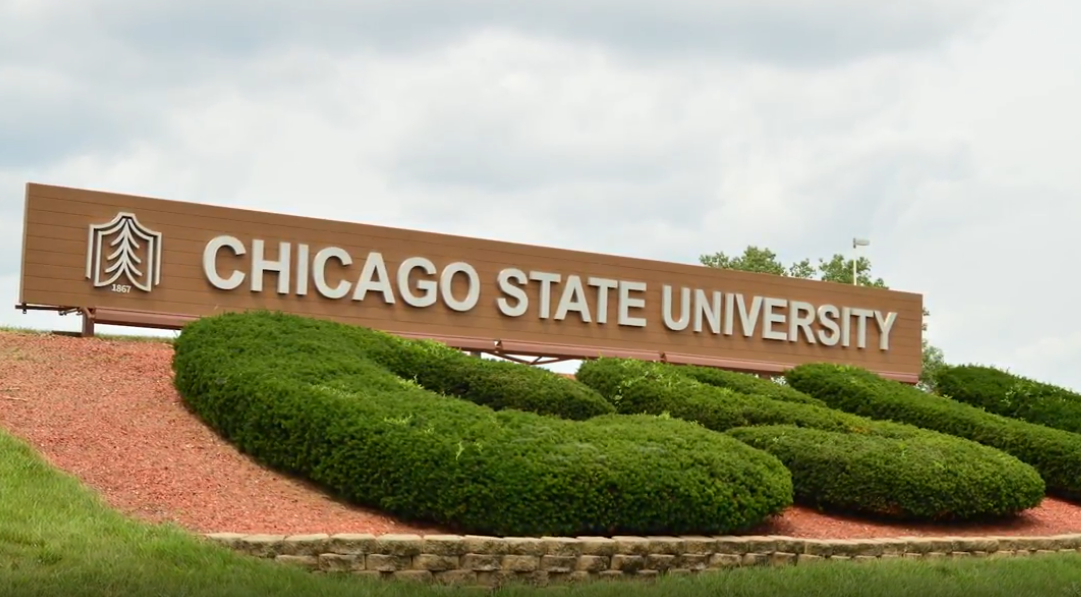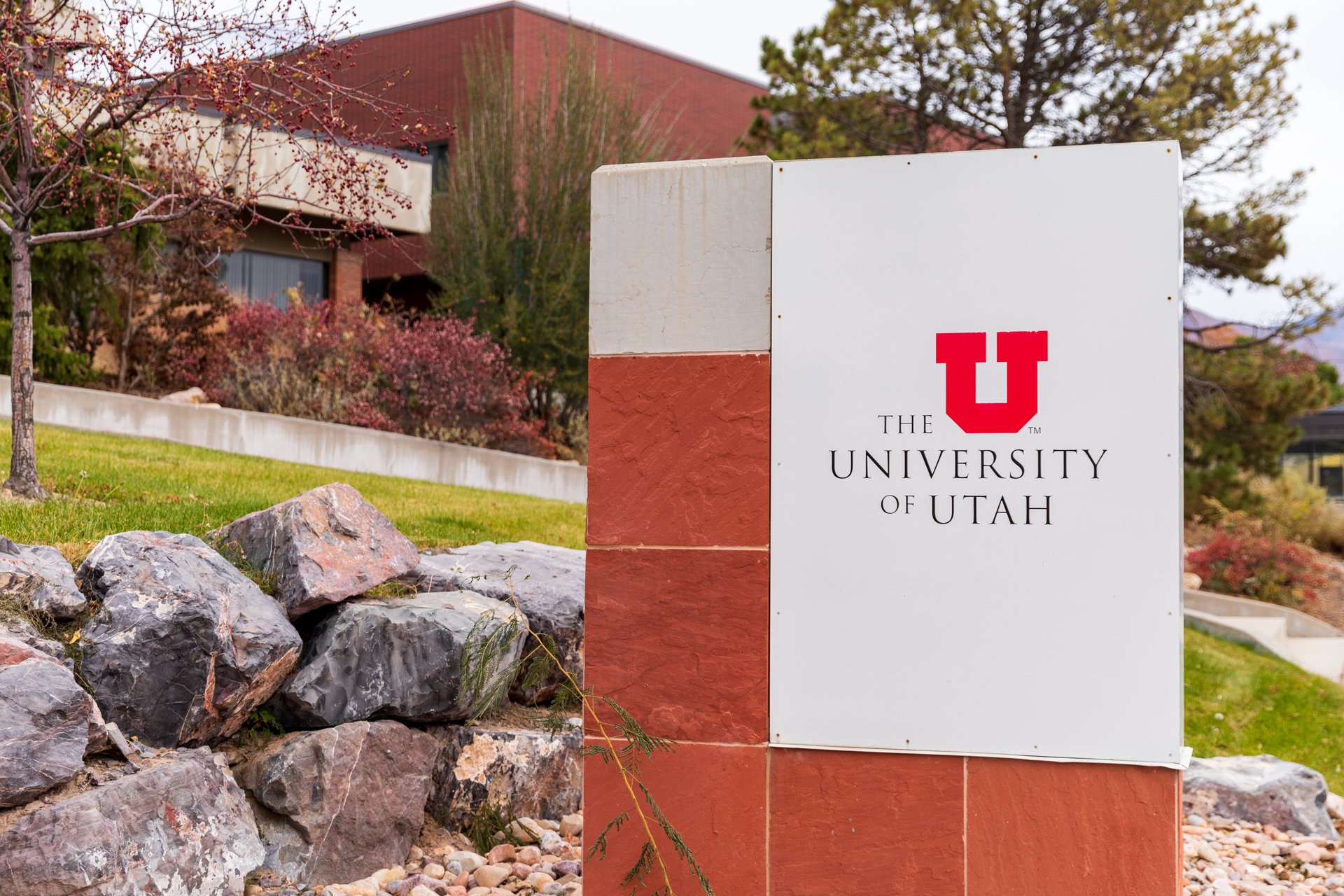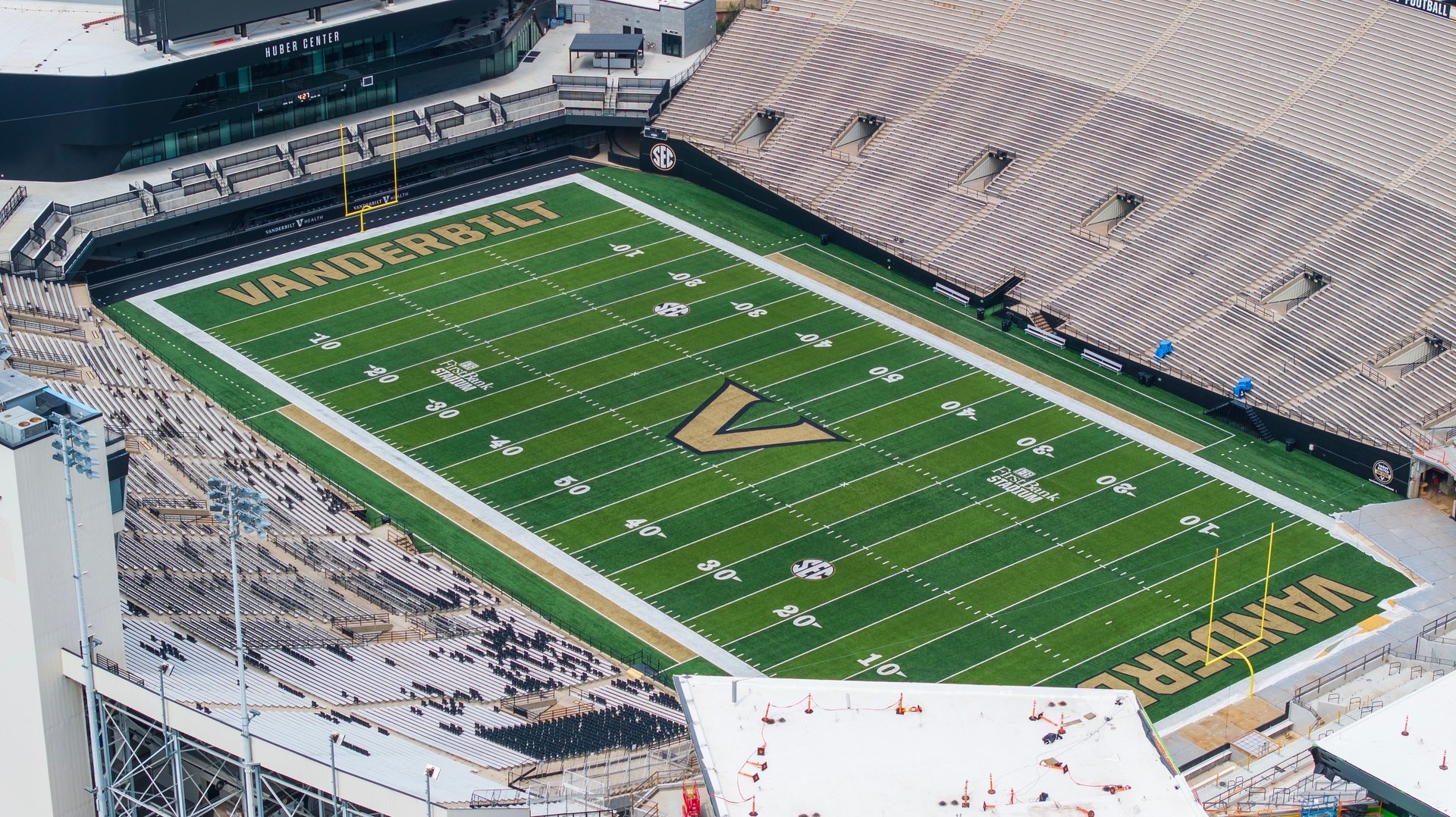Good morning, and thanks for spending part of your day with Extra Points.
Earlier this week, I had a chance to chat with my fellow Chicagoan, Daniel Libit, over at The Intercollegiate. It’s a longer podcast that touches on how my experiences with higher education have shaped my worldview a bit, some media criticism on sportswriting, and a closer look at the athletic spending stories over at Eastern Washington (where the administration appears to have made it clear they won’t be dropping a level, or even meaningfully engaging with the faculty report) and Colorado State.
I do want to single out one point I made on this podcast, and one that I think has been a bit of a theme on Extra Points over the last few months. I write a fair amount about schools considering dropping or changing competition levels, or about athletic spending in general, not just because I think those stories are interesting, but because I personally think it is important for schools to seriously engage with the idea of why they are sponsoring college sports. What are they hoping to get out of it? What are their measurable goals? How does that fit in with their strategic plan?
I really do think, if we’re in an era of resource scarcity, and we’re going to ask humanities professors or student support centers, or anybody else, to defend their importance to the university community, or to ask them to find more revenue, we should be prepared to do the same for college sports. We should not be afraid to argue to defend, and in public, exactly what benefits the institution and the community get from high-level college sports.
I know I have lots of readers who work in college sports, or who research it. If you’re a grad student working on a research paper, or an athletic director at a DIII school, or a fan of a program that doesn’t get written about very often, I’d love to hear from you. I’d love to read your paper. I’d love to talk about what college sports looks like at your school, at your conference, in your region. I’m going to seek out those papers and conversations proactively, but don’t be shy about dropping me a line! My work email is [email protected], and I’m on Twitter at @MattBrownEP.
Now, let’s check in on how things are looking on the NIL legislative front
So uh, is everybody going to file a NIL bill?
As best as I can tell, Colorado looks like the state closest to actually signing another NIL bill. They have a bill ready for the governor to sign.
Colorado moved a step closer to permitting college athletes to profit off their names, images and likenesses Wednesday when the state House of Representatives voted 55-9 in favor of a bill that now heads to Gov. Jared Polis for final approval.The bill had already been approved Feb. 12 by a unanimous vote in the state Senate, where it originated.“This bill sends a message to colleges across the country: student athletes have the right to share in the wealth that their presences bring into institutions of higher education,” Rep. Leslie Herod, D-Denver, one of the bill’s House sponsors, said through a spokesman. “Student athletes should be able to profit off the brand they work so hard to create and cultivate.”
This bill is different from California’s in a few important ways. For one, it doesn’t go into effect until Jan 1, 2023, which would give the NCAA, and the federal government, plenty of time to come up with their own plan. There’s also some question about whether the bill’s language undercuts the entire point of the bill.
In one section, the bill states that “except as may be required by the rules or requirements of an athletic association of which an institution is a member” a school shall not uphold any rule that prevents an athlete from earning compensation from the use of their name, image or likeness.
In the next section, the bill says an athletic association shall not “prevent a student athlete from earning compensation from” the use of their name, image or likeness or “prevent an institution from participating in intercollegiate athletics” because an athlete receives such compensation.
So…does that mean the NCAA, or the Pac-12, or another athletic association can punish a school, or not?
It’s probably moot because we’re likely to see some other resolution before Jan 1, 2023, although it is notable that another state moving farther along the legislative process and pushing additional pressure on the NCAA.
Colorado isn’t alone. According to Student Player, 34 states have at least introduced similar NIL legislation, running the gamut from highly progressive states, to highly conservative ones. These 34 states make up 75% of the total US population.
At this point, it’s more interesting to look at some of the states that haven’t introduced legislation yet. There’s my native Ohio, although the Buckeye state has Rep.Anthony Gonzalez pushing for NIL legislation at the federal level. The same is true in Utah, where Senator Mitt Romney has been supportive of federal changes. I’m just spitballing, but I wonder if having a highly visible federal voice might decrease the urgency for a state legislator to pursue action.
Unless I miscounted, there are just seven states with multiple FBS institutions that haven’t introduced a bill yet: Nevada, Utah, Texas, Arkansas, Indiana, Ohio and North Carolina. There are a few others with multiple D1 schools, like Idaho, Montana and Wisconsin, that have also not introduced anything yet.
I’ve seen some commentators suggest that every state will eventually introduce one of these. I think that’s possible, but I wouldn’t be shocked if local lobbying efforts from the NCAA discourage one from popping up in Indiana. Utah or Wyoming not doing this wouldn’t completely shock me either.
But even if not every state introduces a bill, and even if not every state that introduces it passes one, it’s pretty remarkable to see how quickly this issue has taken hold and spread, from highly progressive states to much more conservative ones. We are very clearly at the point where the genie is not going back in the bottle.
How is the NIL issue being covered?
I was interested to read about a recent study produced by Hamilton Place Strategies that looked at how the issue was covered in the news media. HPS examined more than 6,500 news stories to look for trends, and found that, among other things,
1) The discourage was wildly centered around high profile football and men’s basketball programs, instead of Title IX, baseball, smaller conferences, or other Olympic sports
2) Conversations about “unintended consequences”, like corruption, or other potential negative outcomes, are mentioned more than opportunities for students.
I can understand that if you were writing about this stuff for an audience that didn’t follow college athletics particularly closely, focusing on the proverbial six-figure car dealership type endorsements or the potential for recruiting corruption (which, lol) makes the most sense. But I certainly think, regardless of what you felt about the merits of letting students make money off their likeness, focusing on just what that means for Ohio State and Alabama football players misses the point a bit. Heck, even the NCAA wants to argue that.
With the NCAA Tournament about to start, I’ll be interested to see how, or if, this conversation changes. Many conferences hold meetings around their conference tournaments, where pending legislation may be discussed (I tried to get several leagues to comment on the Big Ten and ACC’s transfer policy, like the Big Sky, Conference USA, ASUN, Mountain West, CAA and others, and basically everybody told me they aren’t taking a position until after these meetings), and those meetings may lead to news stories about NCAA administrative type stuff. Plus, the sheer amount of money that the NCAA Tournament brings in often spurs a run of athlete welfare type stories. That may lead to NIL grabbing the national spotlight again for a few days.
But then again, with coronavirus threatening to become the lead story right now, maybe that attention will be muted a bit.
Interesting to take a look at either way, in my opinion. It’s nice to have lots of different kinds of media, in my humble opinion, to examine a big ol’ complicated story like this in a few different ways.
Thanks for supporting Extra Points. Your subscriptions make this project possible. If you’d like to make sure you don’t miss future editions of Extra Points, be sure to subscribe here:
Questions, comments, story ideas, white papers, manifestos and more can be sent to my work email ([email protected]), or to [email protected]. You can also DM me @MattBrownEP.

















